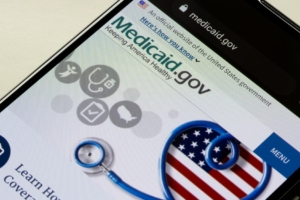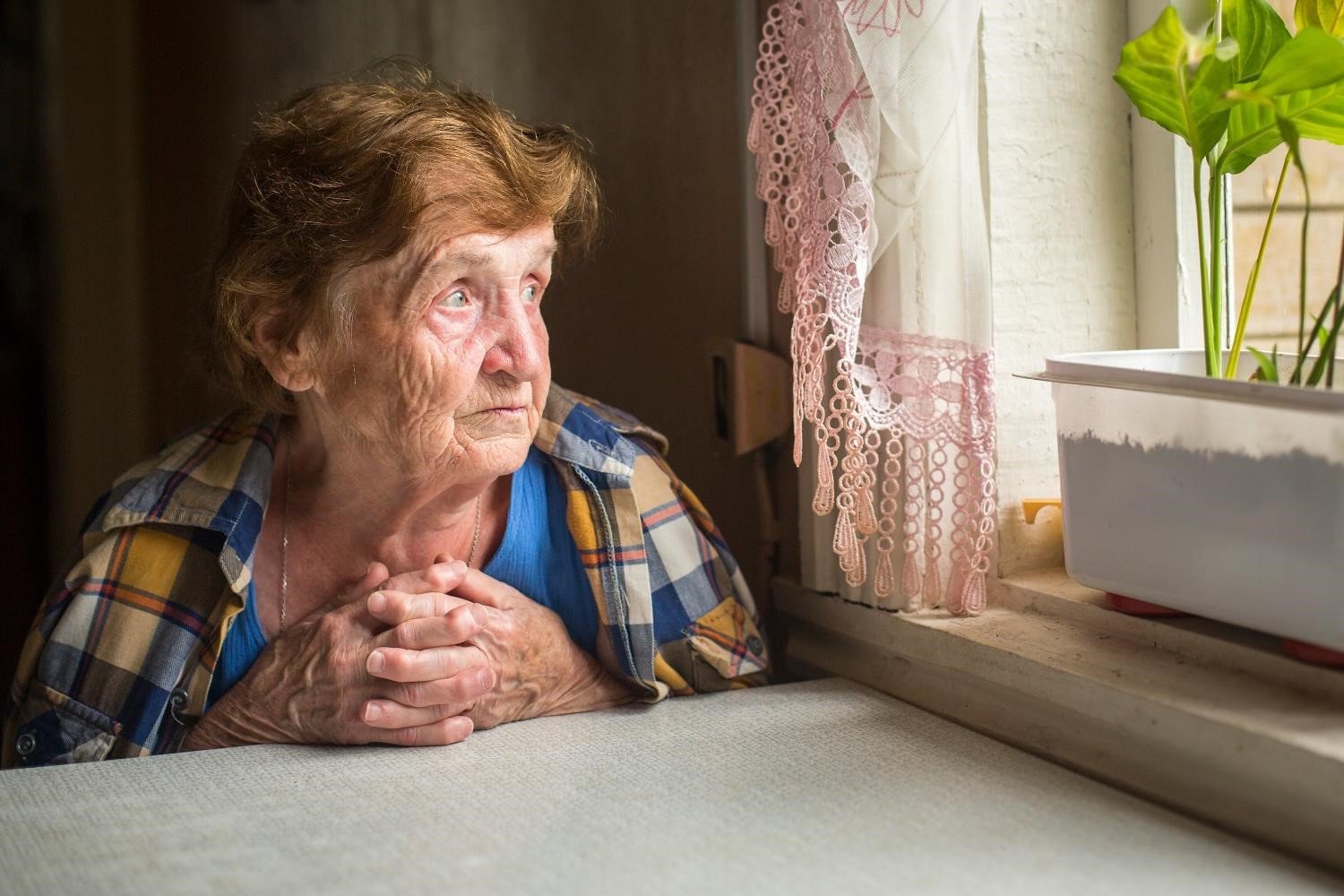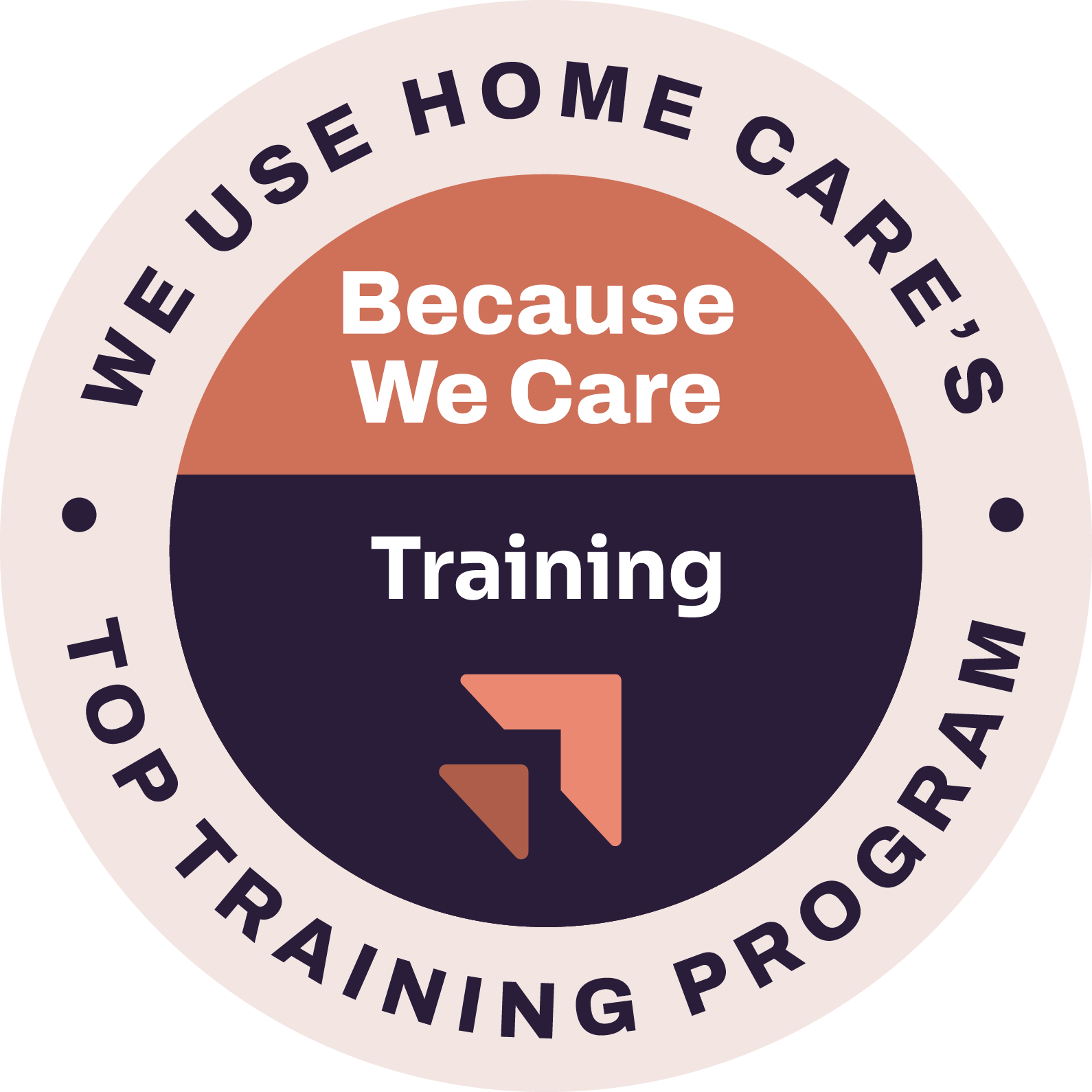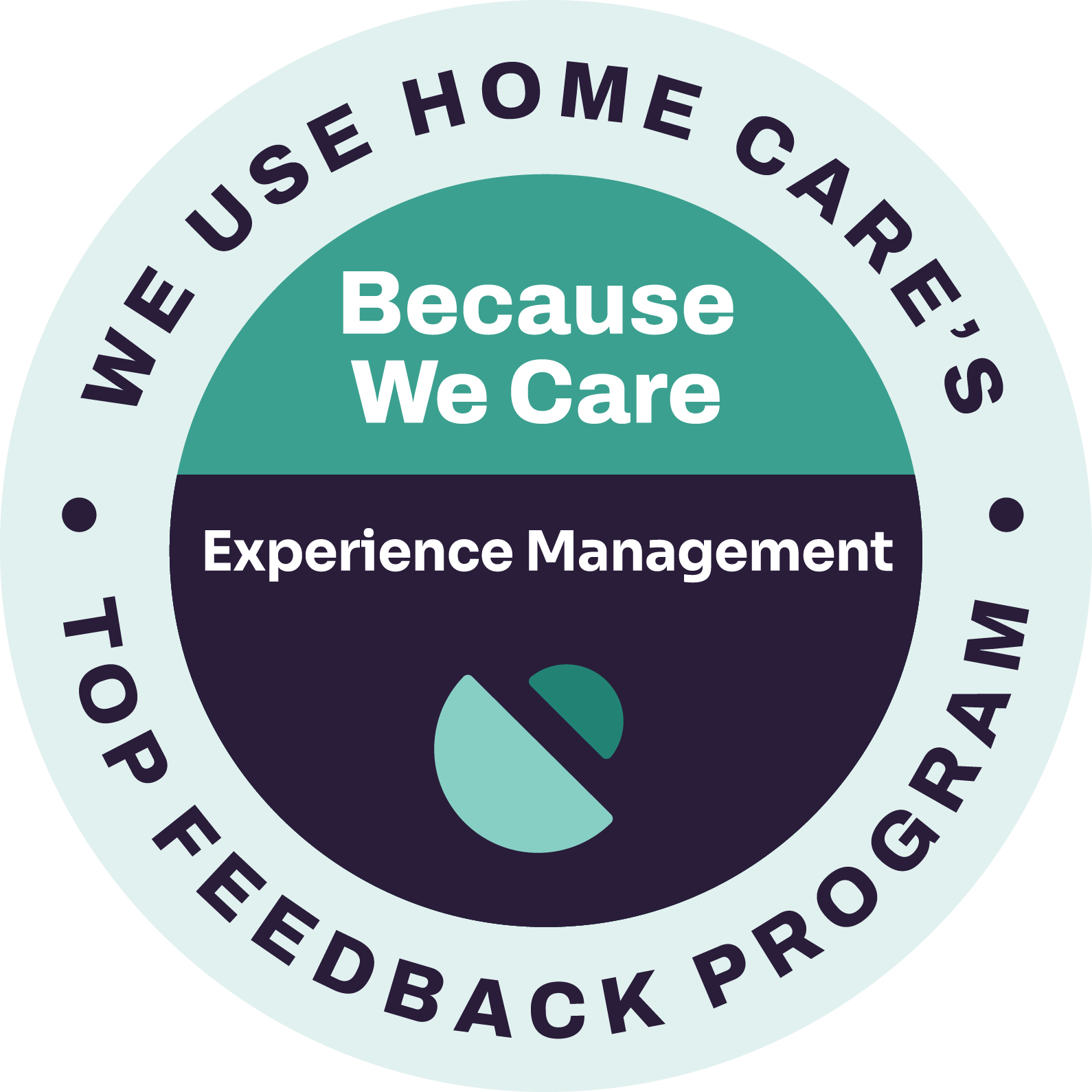Like many of us, it came as a surprise to Tanya Shaw, Sunlight Senior Care’s Clinical Training Specialist, to learn that Medicaid will, in many cases, seek reimbursement for expenses it paid after the beneficiary’s death from his or her estate. Tanya spoke of a situation where, “The daughter thought she would inherit her mother’s home, but it had to be sold in order to satisfy the debt to Medicaid.”

Tanya Shaw, Sunlight Senior Care’s Clinical Training Specialist
As a nurse, Tanya became keenly interested in ways to make aging at home possible. In fact, that’s one of the reasons Tanya joined Sunlight – knowing:
- Some of the individuals in skilled nursing facilities could instead live at home with the help of Caregivers.
- Others, with a Caregiver’s help, could enjoy the comfort of their home longer, shortening the length of stay in a care facility.
In both situations, costs to Medicaid which may have to be repaid are lower.
What is Medicaid Estate Recovery?
Medicaid Estate Recovery refers to the process where the state seeks reimbursement for certain Medicaid benefits provided to an individual from the individual’s estate after their passing. When a Medicaid beneficiary dies, the value of their estate is used to pay back the costs of the medical assistance they received. This can include expenses related to nursing home care, home- and community-based services, and other Medicaid services paid on the recipient’s behalf.
Congress directed each state to establish a Medicaid Estate Recovery program. Amounts recovered in Iowa and Nebraska help fund the Medicaid program in each state.
A National Council on Aging article suggests: “One way to think about estate recovery is that Medicaid “loans” beneficiaries financial support for long-term services and supports, and once the person becomes permanently institutionalized or passes away, the interest-free loan becomes due back to the state.”

How Medicaid Estate Recovery Works
The recovery process involves the identification and evaluation of assets owned by the Medicaid recipient (the “estate.”) This includes their home, savings, retirement accounts, and other assets solely in the beneficiary’s name. Jointly owned property, living trusts, and other assets can also be subject to estate recovery.
If the estate goes through probate, Medicaid is one of the creditors, and satisfied ahead of general claims such as credit cards and older medical bills.
If the estate does not go through probate, the Medicaid recipient’s estate’s assets must be reported to the state, which will determine amounts to be recovered by the state prior to the distribution of assets prescribed in the decedent’s will or their last wishes.
Limitations
- If the person has no assets in their estate at time of death, there is no recovery.
- Court costs, estate administration costs, funeral expenses, federal and state taxes and medical bills related to the last illness generally take precedence over Medicaid Estate Recovery.
- Medicaid Estate Recovery can be deferred:
- Until the death of a surviving spouse.
- Until the death of the Medicaid recipient’s child of any age who has a disability or is blind.
- Until the deceased’s minor child turns 21.
- If the collection of the debt would cause undue hardship for an heir or beneficiary – Until the hardship no longer exists or at the death of the person who received the hardship waiver.
Understanding State Laws
Each state has its own rules and regulations regarding Medicaid estate recovery. Unlike many states, neither Nebraska nor Iowa will place a lien on the home which belonged to a Medicaid beneficiary. But the home is one of his or her estate’s assets.
Estate Planning Strategies
Strategic estate planning can help protect assets from Medicaid Estate Recovery. For example, married couples can ensure that all assets are jointly owned with the right of survivorship, potentially removing them from the probate process. Seeking guidance from estate planning attorneys or elder law experts can help individuals and families shape a plan to safeguard their assets and inheritance. It may also be wise to consult your loved one’s Care Manager.
At-Home Care
Tanya Shaw witnessed nursing facility residents turning over all but $50 of their monthly Social Security checks to the facility. Medicaid paid the balance, and those Medicaid expenditures added up. Some of the residents needed the level of skilled nursing care at the facility. Others enjoyed the social side of community living. But some of her patients longed to be in their homes. Non-medical Caregivers could aid with personal hygiene such as bathing; help prepare meals; and take care of cleaning and laundry. Home Health could provide needed medical care. Helping people thrive in the familiar comfort of home has become Tanya’s passion. At the same time, she takes pride in knowing more of what the individual at home has to leave to her children can actually pass to them.
The Bottom Line
Medicaid estate recovery can have a significant impact on inheritance, affecting the assets passed on to beneficiaries. Understanding how Medicaid estate recovery works, its implications for heirs, and making the optimal care choices are crucial for individuals and families. Proactive planning, informed decision-making, and seeking professional guidance can help individuals protect assets and navigate the complexities of Estate Recovery.
This blog post is for informational purposes only and should not be considered as legal or financial advice. Individuals should seek professional guidance tailored to their specific circumstances when addressing Medicaid estate recovery and inheritance planning.







